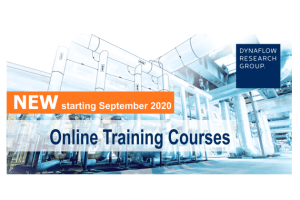Engineering Training Courses
We offer a wide range of training courses in software, fiberglass engineering, and piping and pressure vessels. Most of these are offered as online training courses as well as classroom courses in our office in the Netherlands or on-site at your location.
To suit specific needs we also develop customized training programs together with our customers. DRG has provided training courses to employees of many companies including BASF, BP, Bronswerk, Duiker, DSM, Honeywell, IV Oil and Gas, Jacobs, Shell, and Tebodin.

Course List
Piping
Pressure Vessel Design
Fluid Flow
Programming
Latest Training News & Insights

DRG training courses 2024
Our 2024 classroom training course schedule for CAESAR II Statics, CAESAR II Dynamic and PV-Elite is online! We also offer a wide range of online training courses in fiberglass engineering, fluid flow, piping and pressure vessel design.

NEW engineering courses online Q3-2020
Starting September 1st Dynaflow Research Group will launch a new set of various engineering training courses. We have learned that engineers from all around the

Dynaflow Online Training Courses – temporary 50% discount
We at Dynaflow Research Group are pleased to offer you a 50% discount to all our online courses in order to support you during these
